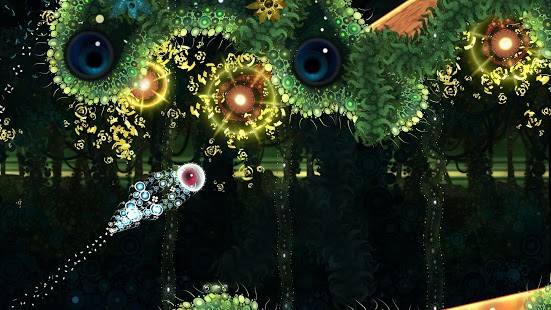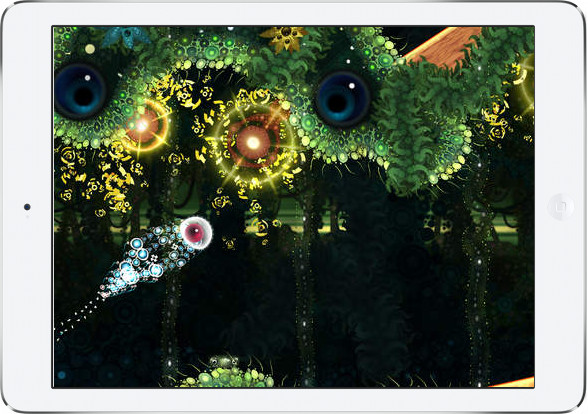

Earth and other terrestrial planets have metal cores, but they are buried deep inside the planets, so they are difficult to study. Orbiting the Sun between Mars and Jupiter, the asteroid (16) Psyche is of particular interest to scientists because its surface may be metallic. In Rad Reflection, students use pi to gain a new understanding of our ability to peer deep into the cosmos by comparing the area of Hubble’s primary mirror with the one on Webb. In 2022, the next great observatory, the James Webb Space Telescope, began exploring the infrared universe with an even larger mirror from a location beyond the orbit of the Moon.


Hubble’s discoveries, which are made possible in part by its mirror, rewrote astronomy textbooks. When NASA launched the Hubble Space Telescope in 1990, scientists hoped that the telescope, with its large mirror and sensitivity to ultraviolet, visible, and near-infrared light, would unlock secrets of the universe from an orbit high above the atmosphere. In Tubular Tally, students use pi to determine the volume of a rock sample collected in a single tube. Once the samples are brought to Earth, scientists will be able to study them more closely with equipment that is too large to make the trip to Mars. To keep the rock cores pristine on the journey to Earth, the rover hermetically seals them inside a specially designed sample tube. Sending objects from Mars to Earth is very difficult and something we've never done before. NASA’s Mars rover, Perseverance, was designed to collect rock samples that will eventually be brought to Earth by a future mission. Credits: Brocken Inaglory, CC BY-SA 3.0, via Wikimedia Commons | + Expand image Tubular Tally A similar eclipse will be visible from the South Pacific on May 10, 2013. The bottom right frame illustrates the distinctive ring, or "annulus," of such eclipses. This image sequence shows an annular solar eclipse from May 2012.


 0 kommentar(er)
0 kommentar(er)
